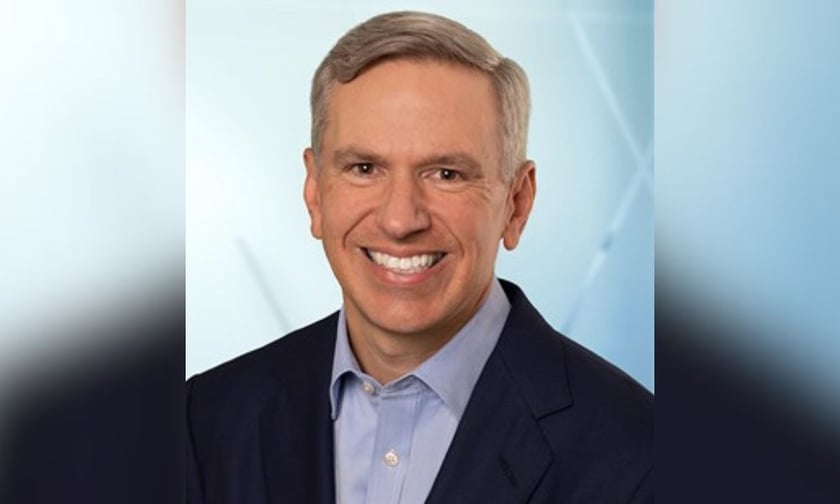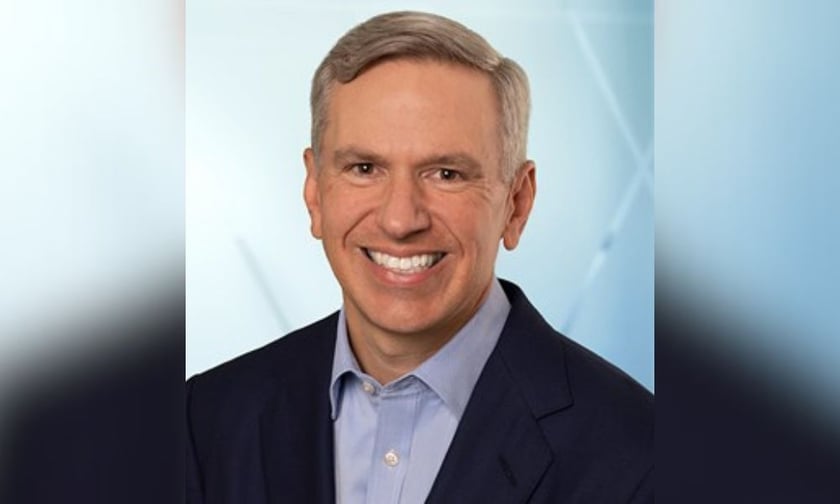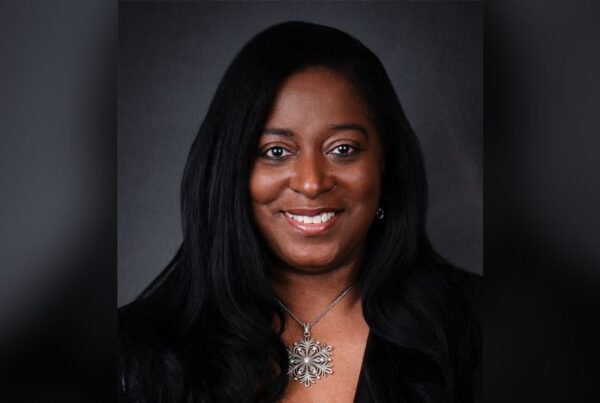Exploring a “generational shift” in leadership

As an experienced snowshoer, the daunting sight of steep slopes is a familiar one to Verisk CEO and president Lee Shavel (pictured). When you set out on a snowshoeing trek, and you’ve climbed the slopes and you’re looking down, he said, you do wonder, ‘how am I ever going to get down there?’ The answer is simple but effective – it’s all about taking things one step at a time and not getting caught up in the destination.
It’s only when you look back that you realise how far you’ve come, he said, and it’s the same when he examines the progress made on Verisk’s stated mission to become “a better strategic partner for the global insurance industry”. Shavel was appointed CEO in May 2022, taking up the additional mantle of president in December and he highlighted how much he has enjoyed getting to know the business, its leaders and the initiatives it’s pursuing to support this mission.
“When I joined,” he said, “one of my hypotheses – and the one I think I was probably the most concerned about – was that we had been a very good product organisation but in the service of better partnering with the industry, we have room to grow in becoming a better client organisation and engaging at a senior client level to understand their needs and the needs of the wider industry. That required us, as an organisation, to elevate that dialogue and I knew I needed to lead – reaching out and initiating those new conversations.”
Understanding what insurance companies want from their partners
Utilising multiple channels, including CEO and CIO roundtables and individual client meetings, Verisk was clear from the outset about the opportunity for its strategic clients to provide open and candid feedback. What was a pleasant surprise, he said, was how clearly clients outlined their desire to have a strategic dialogue with Verisk and to utilise the company’s resources to support their growing data, analytical and technological requirements.
Insurance clients are looking for strategic partners that have the scale and expertise to tie these requirements together and integrate them into their processes and procedures, he said. And they’re also keen to understand how their peers in the market are leading or leveraging technological and data transformation – and what they can learn from that. This is allowing Verisk to take on more of a “counsellor” role at a strategic level which, in turn, is opening up new ideas around how the firm can better serve the industry.
“In one of the conversations we had, there was some frustration around legacy issues which it was important for us to hear and understand,” he said. “But during the second conversation, the client requested that we talk them through what we’re doing for them, but also what we’re doing for others that might be of value to them.
“That was an incredibly impactful conversation for us because rather than us pushing ideas from the bottom up, this was a top-down mandate which I think enabled us to better serve the client. And we’re going to have a six-month follow-up on that to make sure we’re continuing to deliver on the expectations we’ve set and to ensure regular dialogue with our clients at the strategic and enterprise-wide level.”
The challenges and opportunities facing the market
From those conversations, Verisk has gained a horizon view of the challenges and opportunities facing its strategic partners at this time and Shavel noted that there’s no shortage of either.
The number one concern is shared by many, he said, and centres around how inflation is impacting the insurance industry.
When discussing inflation, he said, it’s easy to zero in on the first-order inflationary impacts but what’s becoming clearer is how inflation is impacting supply chains in terms of disruptions and scarcity. This, in turn, is introducing levels of delay in repairing entities which entails greater costs. The impact of these knock-on costs and disruptions needs to be understood at a local and granular level because supply chain concerns are on clients’ minds, certainly from an existing exposure loss and claims standpoint but also, on the underwriting side, around how this can be factored into pricing.
There’s also a strong regulatory challenge around this, he said, particularly in the US where different states have differing regimes and approaches to pricing. California, for instance, by statute, doesn’t allow insurers to base pricing on any forward-looking estimates, which creates significant challenges in a market where costs are changing so rapidly. So, helping clients navigate that regulatory landscape in order to make the right underwriting and pricing decisions within their local markets is high on Verisk’s agenda.
“The third challenge is that all our clients struggle to some degree with the data and technological environment that continues to change rapidly as we deploy a much more cloud-intensive data infrastructure, with growing numbers of datasets and analytical approaches,” he said. “In almost all of our conversations, the impact of generative AI is a very active topic, as is how we can work with the industry to safely explore the application of that technology to different dimensions of their businesses.”
The changing face of data and technology
Interestingly, he said, this third shared challenge around technology and data is also where the real wealth of opportunities open to the market can be found.
Shavel noted that there has been a “generational shift” in the technology leadership in insurance companies. Even just 10 years ago, there was some concern and suspicion of the security risks associated with moving to a more cloud-orientated environment. But now there is a broader industry-level acceptance that, while cloud-based structures must maintain the highest possible security profiles, they are very beneficial from an economic, analytical and operational standpoint.
“Cloud-based structures [present] an opportunity for the industry to better price and manage their business by utilising broader, more current and more dynamically managed datasets,” he said. “I think it has also opened up new forms of insurance, the most immediate example being usage-based insurance, particularly on the motor side, where, as we have collected more data around driving behaviour, underwriters are becoming more comfortable in developing pricing structures for usage-based policies.”
For Shavel and his team, helping clients traverse the challenges and take advantage of the opportunities facing the insurance industry at this time is what makes Verisk’s position in the market so exciting. Going back to the snowshoeing analogy, he noted that he does look back on what the business has achieved and think, “wow, did we actually do all that?”
“We’ve come a long distance,” he said. “But I don’t think you get there by giant leaps but rather consistent progress against your goals. We’ve done a good job of outlining our team goals, and then everyone individually expresses their work towards achieving them.
“I think we’ve gone a long way in reorientating our purpose and getting the pieces in place. What I’m hopeful of now is that we’ll be able to continue to build on the great work that we’ve done with clients and and accelerate how we help them seize the opportunities we’re seeing in the market.”
What are your thoughts on this story? Feel free to share them in the comment box below.
Related Stories
Keep up with the latest news and events
Join our mailing list, it’s free!

This page requires JavaScript




